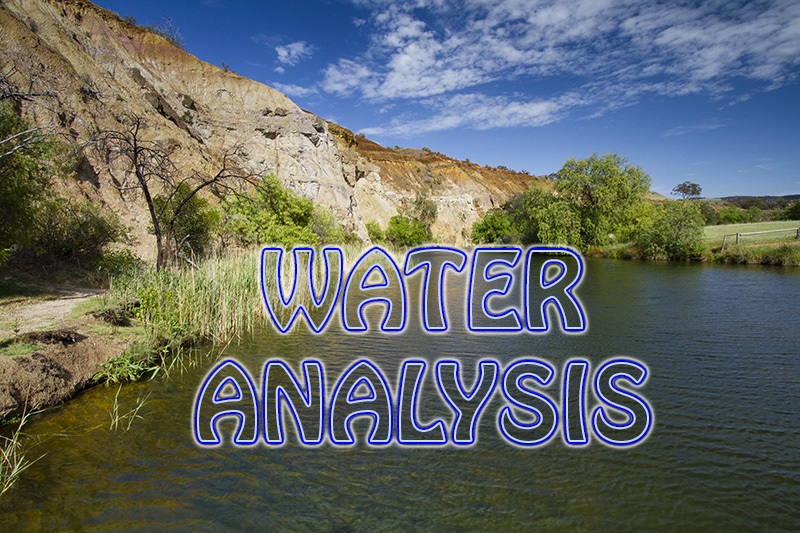
Water Analysis
Humans use rivers for irrigation in agriculture, for drinking water, for transportation, to produce electricity through hydroelectric dams, and for leisure activities like swimming and boating. Each of these uses can affect the health of a river and its surrounding ecosystems.
Students who are UNABLE to attend our onsite program can still complete or complement their Assessment task using this course. By watching a series of videos and completing accompanying activities, they will cover the same content covered at Ecolinc. They will be required to analyse the data from a variety of locations along the Werribee River.
PLEASE NOTE: Students who are attending the Ecolinc on-site version of this program should NOT attempt this online course as it repeats the content.
Background Information:
Water quality tests are conducted regularly by water agencies to ensure that drinking water is safe, and to monitor the health of waterways as it may be used for irrigation and by wildlife. A variety of parameters may be measured to provide an overall water quality rating including: pH, salinity, temperature, dissolved oxygen, nitrogen (as nitrates), phosphorus (as phosphates), turbidity and metal concentration. The Werribee River stretches 110 km from near Daylesford to Port Philip Bay. It passes through different ecosystems which have an impact on the parameters mentioned above.
Metals also play an important role in water chemistry and water quality. Some metals are toxic at high concentrations while others play an essential role in water systems. An atomic absorption spectrometer (AAS) may be used to detect the concentration of ~70 metals at trace levels even in the presence of other elements at much higher concentrations. Detection limits in the parts per million range are well within the capabilities of modern instruments. Atomic absorption spectroscopy relies entirely on the absorption of energy by valence electrons of ground state atoms and was discovered by Australian physicist Sir Alan Walsh in 1953.
Year Level: 11
Prior Knowledge:
No prior knowledge required.
Course Connections:
Does this course link to other Ecolinc programs?
This course is a current replacement for the following on-site program:
‘How substances in water are analysed‘
Learning Intentions:
In this program, student’s will:
- investigate the water quality of six water samples using data from different water quality parameters.
- prepare a calibration curve from AAS data on standard solutions.
- use the calibration curve to determine sodium concentration in the six water samples.
Estimated Duration: 120 minutes
VCE Area of Study:
Chemistry Unit 2: Outcome 2
On completion of this program, students should be able to measure amounts of dissolved substances in water and analyse water samples for salts.
-
- Sources of salts found in water (may include minerals, heavy metals, organo-metallic substances) and the use of electrical conductivity to determine the salinity of water samples
- The application of atomic absorption spectroscopy (AAS), including the use a calibration curve, to determine the concentration of metals or metal ions in a water sample (excluding details of instrument)
Course Creator: David Tait
